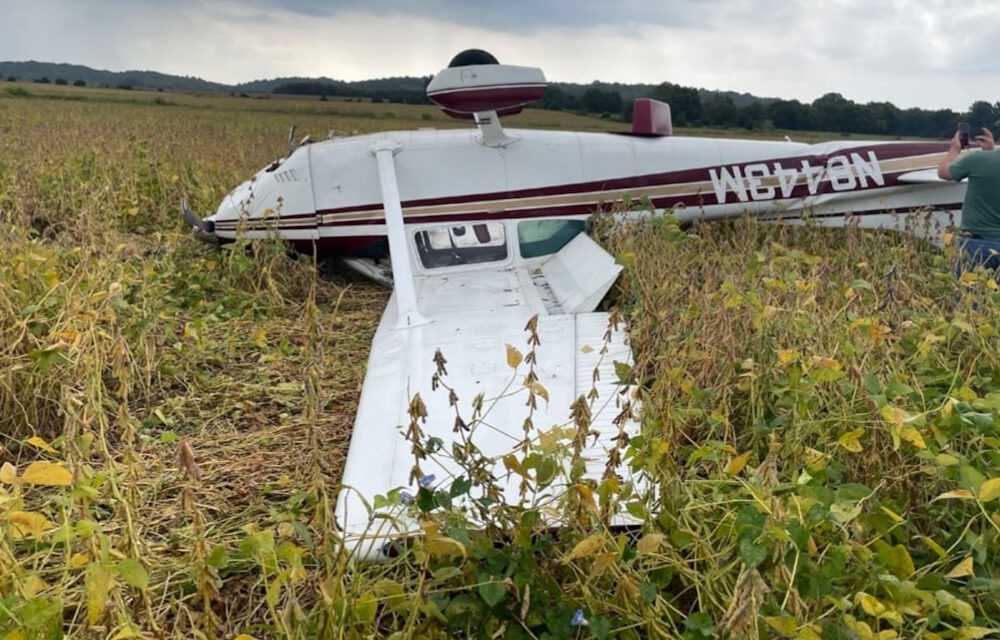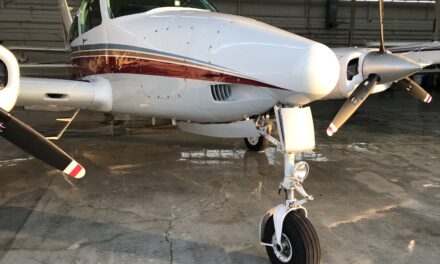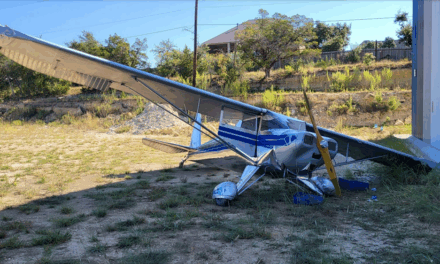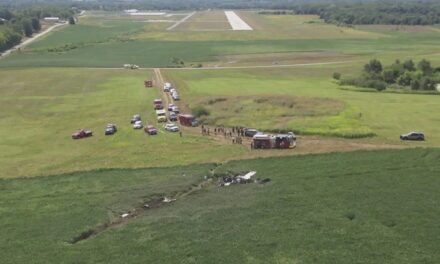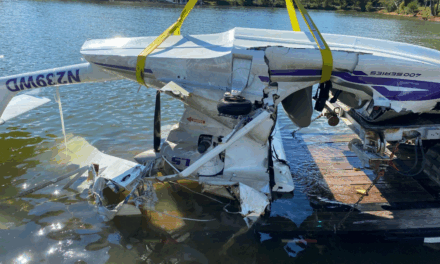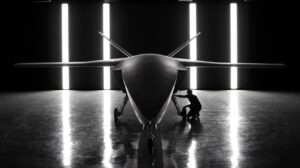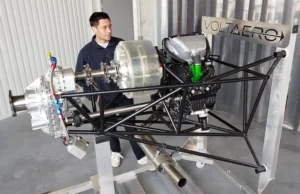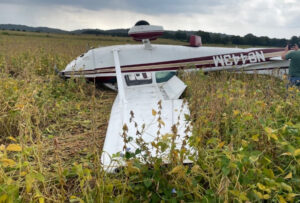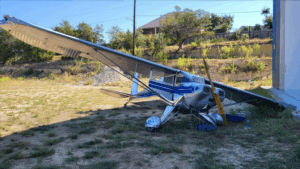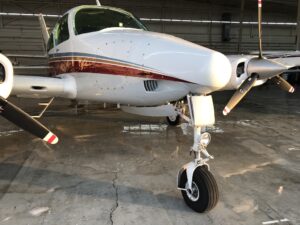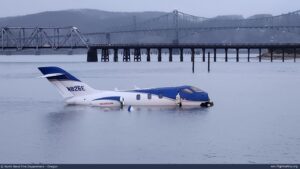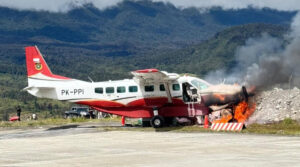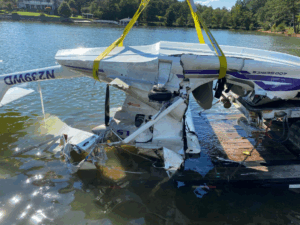On September 14, 2023, the Cessna 182P N8443M emergency landing near Prospect, Tennessee stunned the general aviation community. Midway through a cross-country leg, the aircraft began emitting severe vibration followed by a sudden partial loss of engine power. With forest ahead and only farmland beneath, the pilot chose a field, but the landing ended with the plane inverted and heavily damaged.
Flight Background & Pilot Perspective
The aircraft had departed Tuscaloosa, Alabama, bound for Lebanon, Tennessee, under Part 91 for personal use. According to the NTSB’s final report, about an hour into the flight at 3,500 ft MSL, the engine developed severe vibration and power decay. The pilot, seeking to reduce further stress on the engine, closed the throttle before committing to an off-airport landing. The route would have required crossing a large forested area, which factored into the decision. (NTSB Report ERA23LA372)
At the time, the aircraft’s engine cylinders had been overhauled and reinstalled about three years and four months prior; since then, the airplane had logged ~154 hours. The pilot, with ~554 total hours experience but fewer in type, had limited altitude margin and dense terrain to consider.
Touchdown Gone Wrong
Choosing a soybean field, the pilot brought the Cessna down with what seemed a controlled approach. But just as wheels touched, the nose gear encountered a ditch and broke off. The momentum flipped the aircraft into an inverted position. Emergency crews arrived quickly, and both occupants walked away with minor injuries. The aircraft, however, suffered substantial structural damage.
The Federal Aviation Administration dispatched inspectors, and the NTSB conducted a full investigation. The fuselage, wings, engine cowling, and internal structure all showed signs of violent stress and deformation. The wreckage exam revealed critical clues deep inside the engine.
Mechanical Discovery: Rocker Boss Fatigue
Upon dismantling the engine, technicians discovered that the No. 6 cylinder exhaust valve rocker boss had fractured in two distinct places. Metallurgical analysis confirmed that one fragment failed by fatigue—initiating over time along the bore surface exposed to the rocker arm. The other part fractured from overstress. (NTSB ERA23LA372)
Other cylinders appeared undamaged, and valve motion was consistent across Nos. 1–5. The sudden failure in cylinder 6 upset engine balance, triggering the severe vibration experienced by the pilot.
This kind of fatigue failure is subtle and can evade casual inspections. Fatigue cracks in rocker bosses have caused prior incidents—one documented crash involved a Cessna 150/152 type, where failure of rocker shaft bosses led to forced landing and nose-over. (See “Fatigue fracture leads to crash,” General Aviation News)
The Aircraft Itself: Why the Cessna 182P?
The Cessna 182 (“Skylane”) has long been a favorite in general aviation thanks to its high useful load, stable flight characteristics, and relative ruggedness. The “P” variant is powered by a Continental O-470 engine, rated around 230 horsepower in many installations. Maintenance and inspections in such airframes must account for structural fatigue, corrosion, and engine aging.
Owners of 182s often rely on resources such as the Cessna Flyer Association, which publishes inspection tips and alerts for common wear points (see Inspection Tips for the Cessna 182). In systems related to valve train and cylinder integrity, small deviations in tolerances or wear accumulation over time can amplify stress.
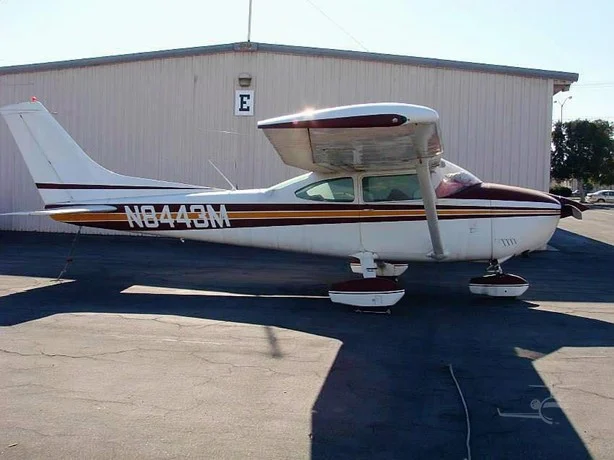
Reaction Among the Aviation Community
News of the N8443M incident echoed among publisher websites and owner-operator forums. General Aviation News published a recap emphasizing fatigue failure of rocker components. Local news in Tennessee picked up the emergency, noting how the pilot avoided tragedy despite structural failure.
Within owner groups, speculation ran to inspection regimes: When was the last teardown? Did vibration warnings get logged? Many argued for more frequent deep inspections in aging engines. Some drew parallels to past ADs: for example, AD 94-05-05 R1, initially issued for Continental O-200 and related engines, mandates inspection of rocker shaft bosses at overhaul or cylinder removal. Though that AD doesn’t directly apply to O-470 series, it demonstrates the industry’s awareness of valve train fatigue issues.
Comparing with Similar Incidents
Fatigue failures in rocker or shaft bosses have recurred in GA engines. A documented case involved a Cessna 150 where vibration and loss of power due to rocker boss fractures forced a nose-over landing (published in General Aviation News). Such cases led to directives requiring inspection of rocker components, stressing that repeated small damage can escalate into catastrophic failure.
Comparisons highlight the danger of assuming an engine overhaul is a permanent fix. Wear accumulates with use—and rare events like bore contact fatigue can propagate invisible cracks.
Preventive Measures & Recommendations
From this case, several preventive lessons emerge:
- Expanded Non-Destructive Inspections (NDI): Methods such as fluorescent penetrant inspection (FPI), eddy current, or ultrasonic scanning may detect early cracks in rocker bores before failure.
- Interim Inspections Between Overhauls: Especially for high-time cylinders, encourage intermediate inspections of valve train clearances and bore surface condition.
- Vibration Monitoring: Instrumenting engines with vibration analysis tools may flag abnormal imbalances early.
- Adherence to Advisory Circulars: FAA AC 20-106 underscores the importance of maintaining a smooth-running engine and controlling mechanical looseness to avoid fatigue progression.
- Documentation & Vigilance: Pilots should log vibration events, even mild ones, and avoid flying with unresolved shake clues.
- Industry Education: Sharing failure findings broadly helps others preempt the same mistakes.
Reflections & Broader Significance
More than a technical failure, the event demonstrates the tightrope general aviation walks between performance and reliability. That a sudden internal fracture cascaded into a violent off-field accident reminds us how little warning such failures may provide.
Yet the pilot’s decisions made a difference. By throttling back immediately, choosing an open field, and not pushing the engine further, the outcome was survivable. In a moment, quick judgment overrode mechanical uncertainty.
The case also pushes the community toward stronger inspection culture, especially for aging airframes and engines built decades ago. As GA fleets age, the risk of unseen fatigue increases—not just in visible components, but in the guts of the powerplant.
If even a single fatigued rocker boss can turn a benign flight into disaster, should mandatory real-time engine health sensors become standard in aging general aviation aircraft?

